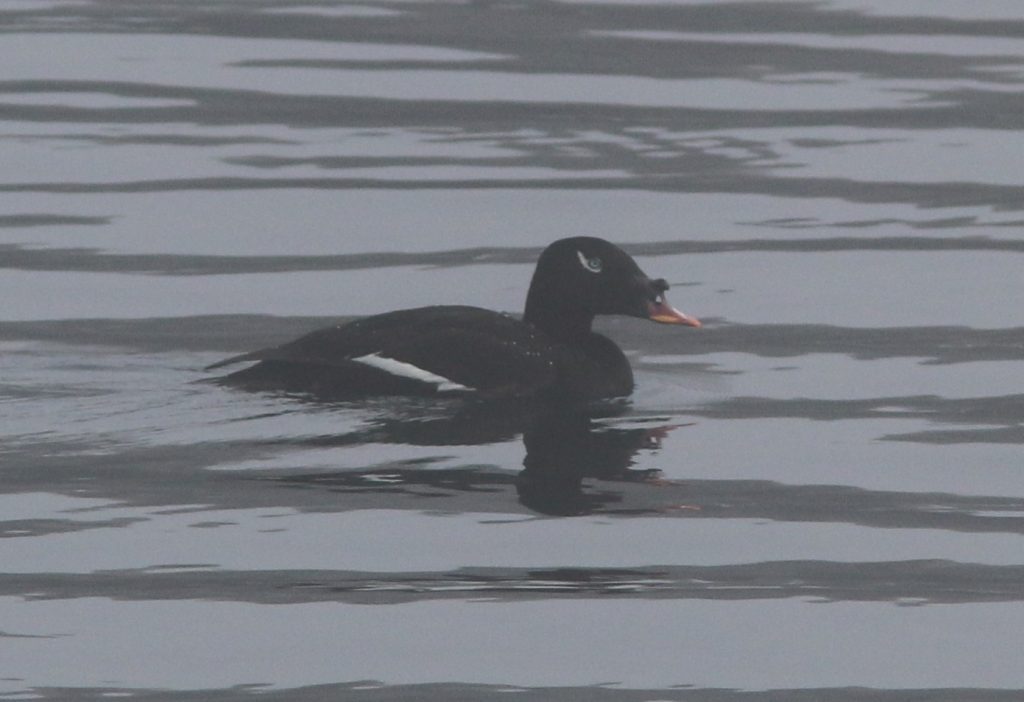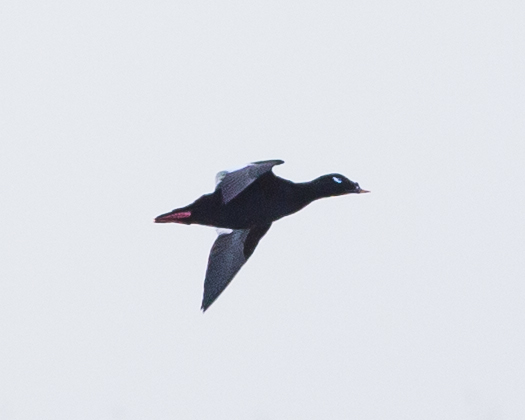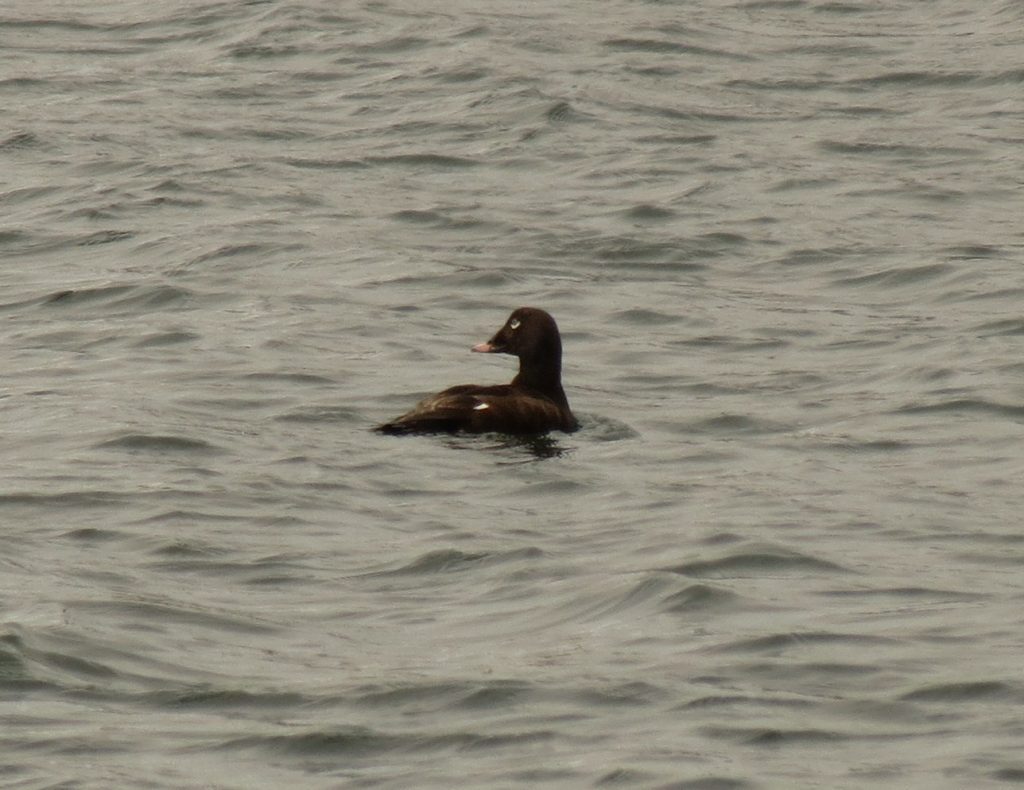This is a winter resident species that is seen regularly through late May and into June. This species is most common prior to mid-May, when flocks begin to depart the islands leaving smaller groups and singletons to remain with the latest spring count of double digits being 11 from 16 June 1999, though larger numbers are occasionally detected into the early part of the month. By late June most birds have left, with a few lingering individuals often present into the early summer and occasional summer wanderers throughout the entirety of the summer months. Early fall migrants are often first noticed in late August or early September; however, larger numbers are not detected until much later, usually mid-October, with the largest numbers reaching the islands by mid-November where they stay unless impacted by the winter sea ice.
Nearly all identified birds have been of the expected American subspecies deglandi, though there are two documented records of the East Asian- breeding subspecies stejnegeri; this subspecies is a rare vagrant to Western Alaska and North America and it is considered a possible split in the future.



